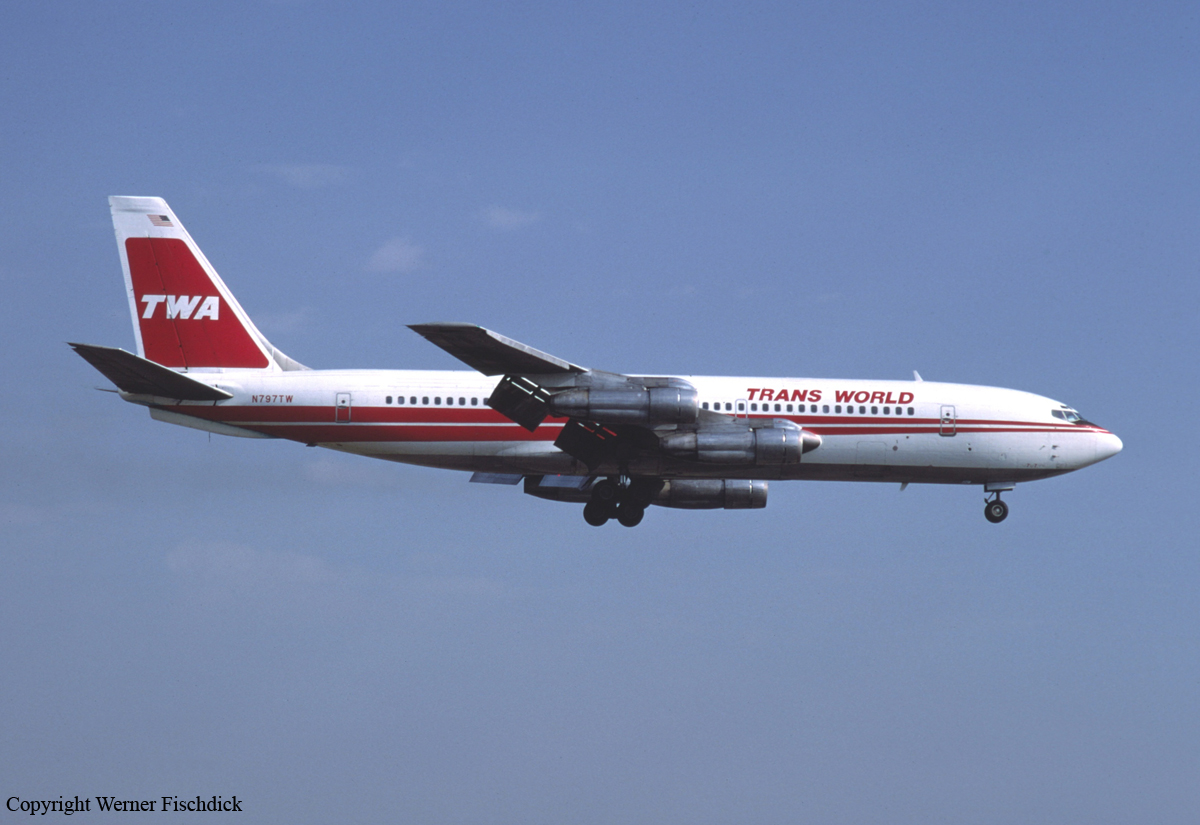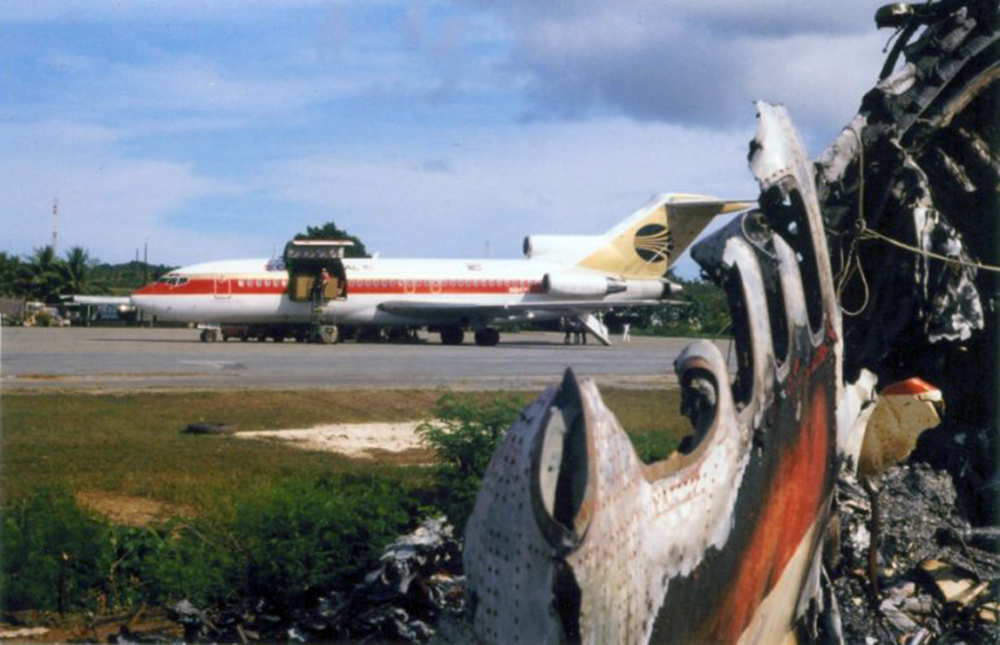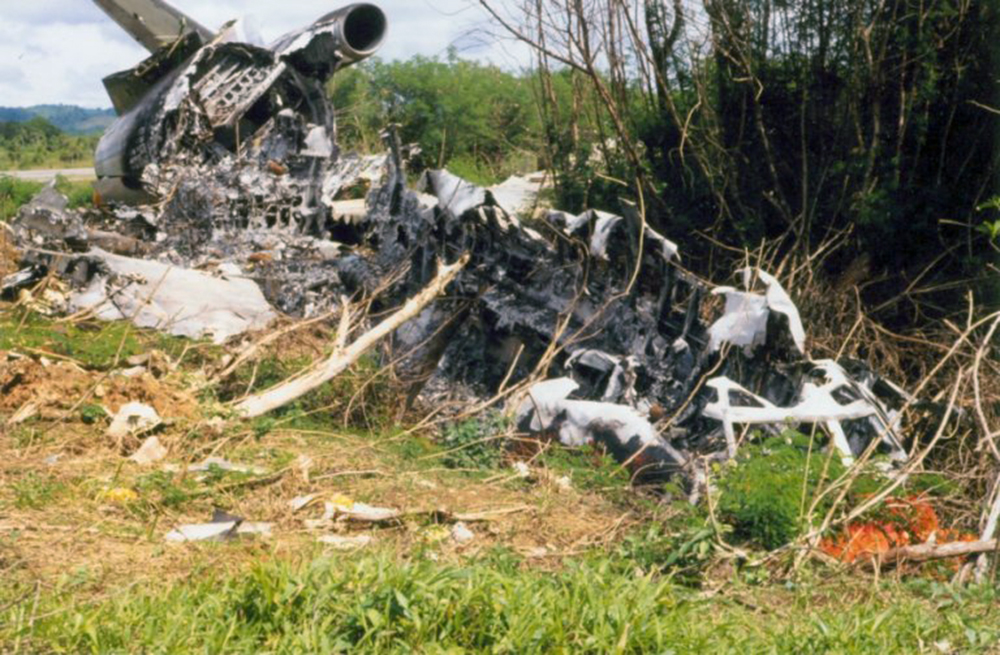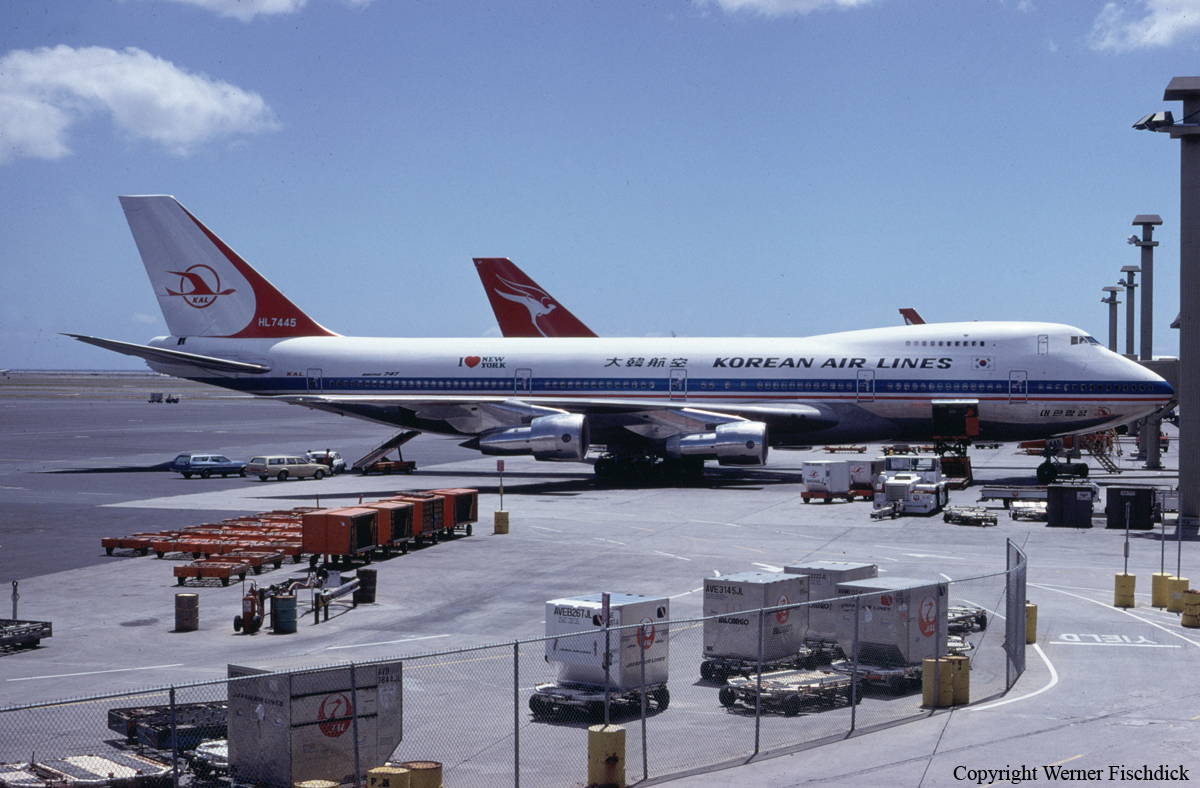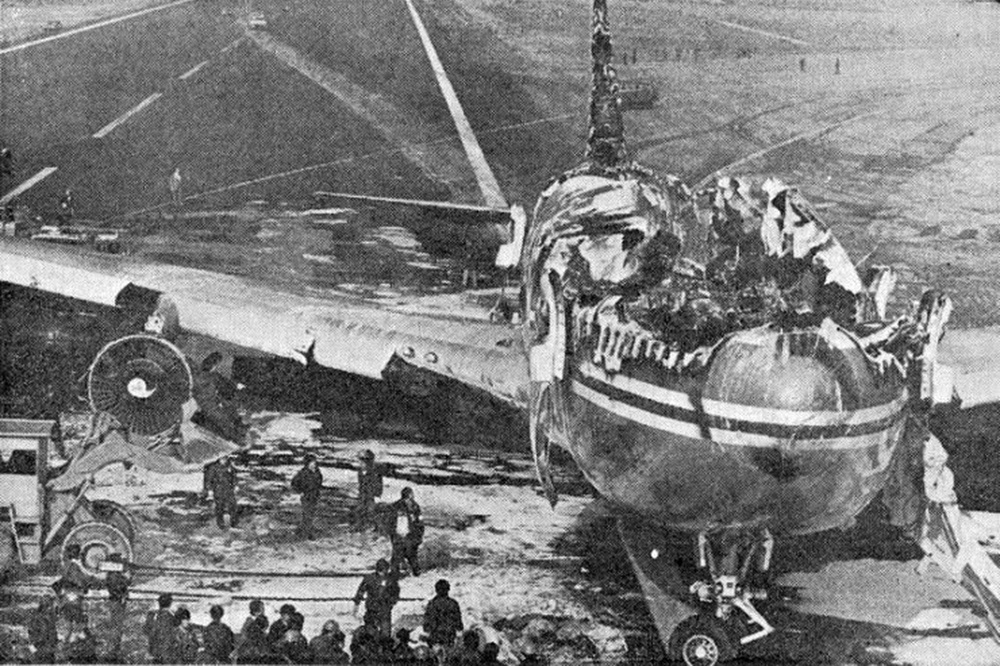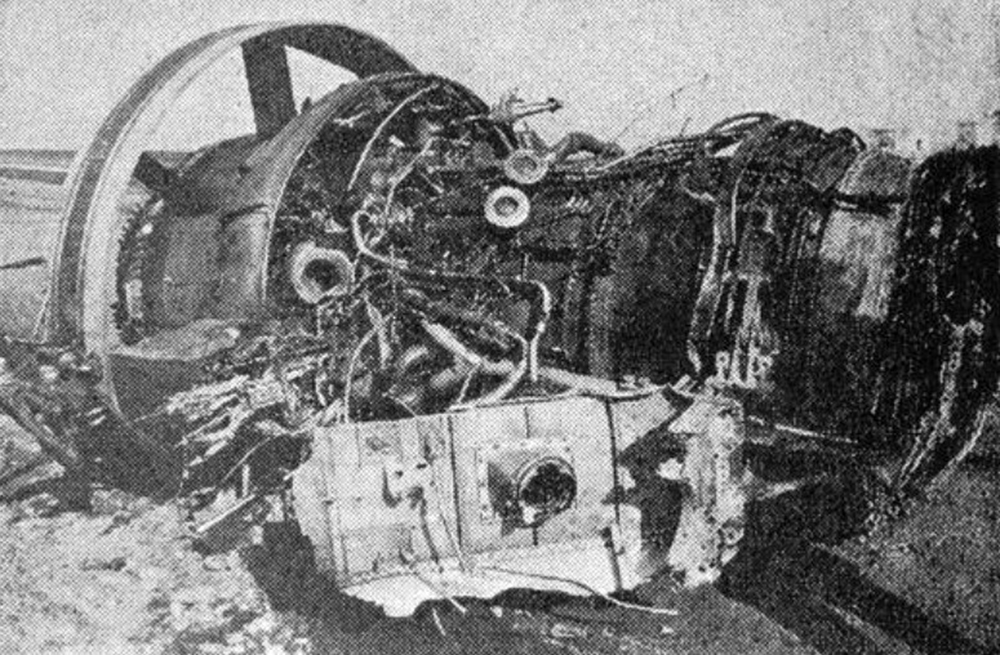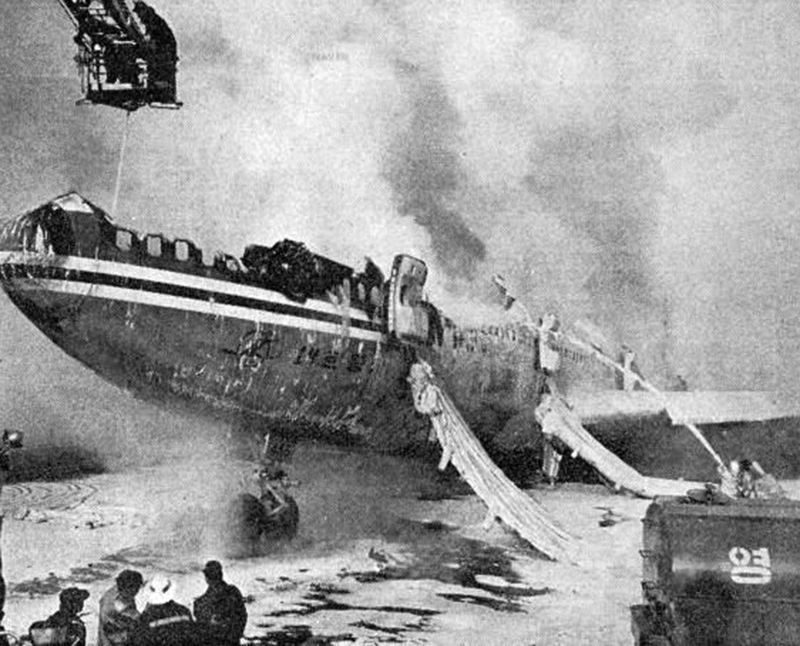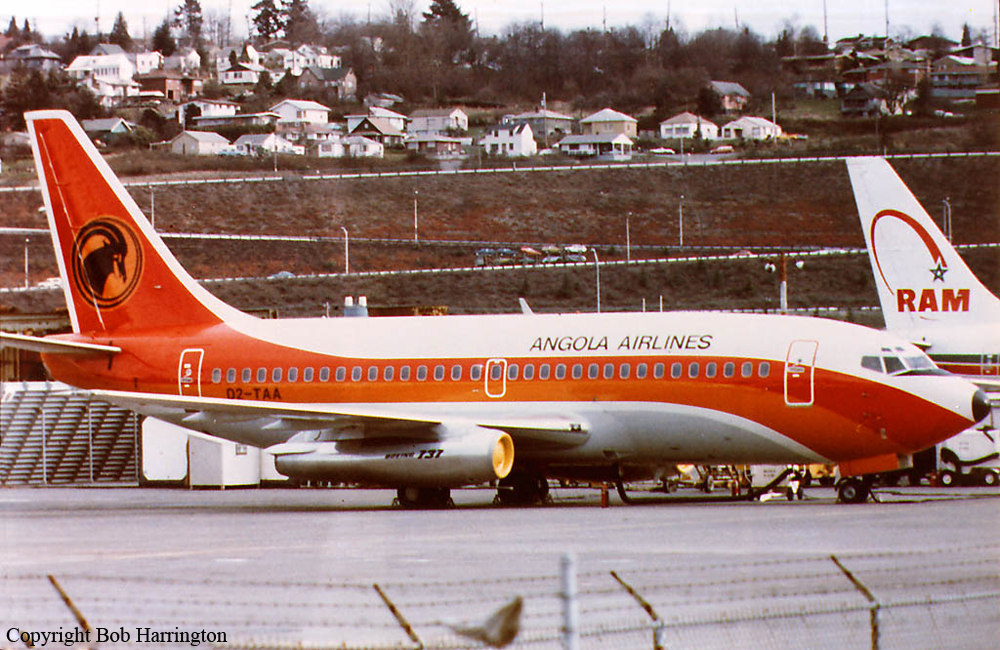Crash of a Boeing 707-131B in San Francisco
Date & Time:
Nov 30, 1980
Registration:
N797TW
Survivors:
Yes
Schedule:
Saint Louis - San Francisco
MSN:
18760
YOM:
1964
Crew on board:
7
Crew fatalities:
Pax on board:
126
Pax fatalities:
Other fatalities:
Total fatalities:
0
Aircraft flight hours:
49910
Circumstances:
While descending to San Francisco Airport, the nose gear could not be lowered and remained stuck in its wheel well. Following a normal approach, the airplane landed on its main undercarriage then slid on its nose for few hundred yards before coming to rest. All 133 occupants were evacuated safely and the aircraft was damaged beyond repair.
